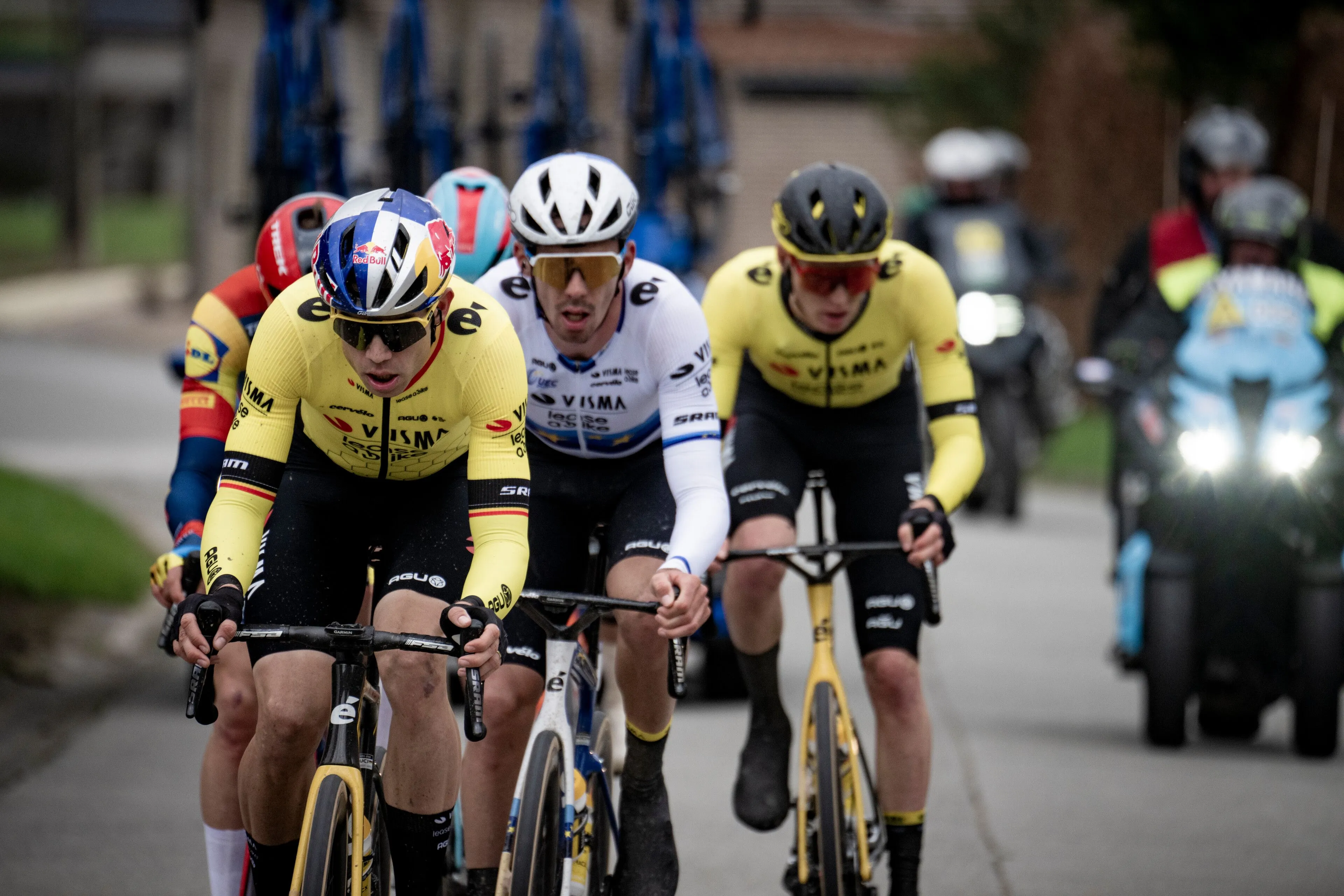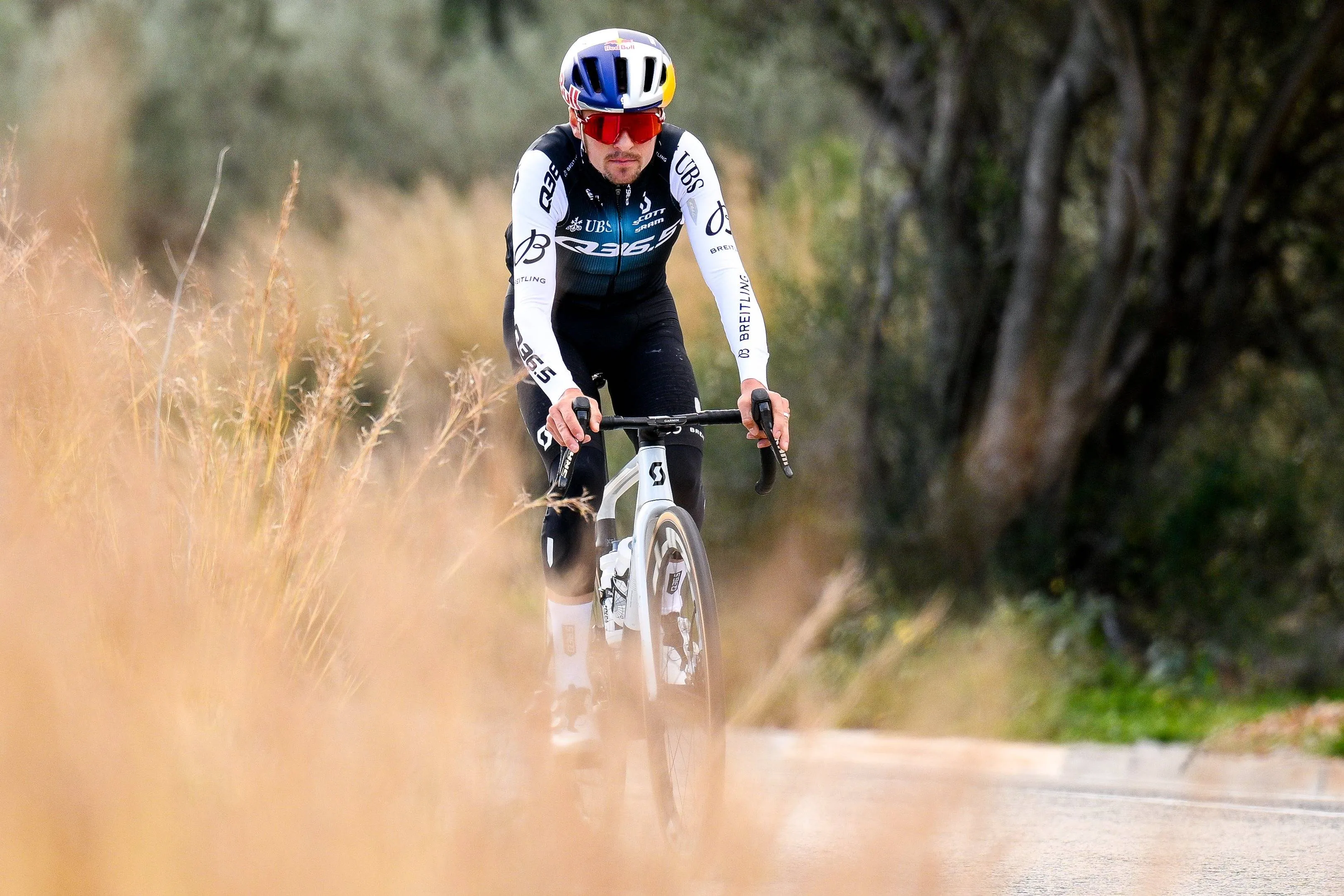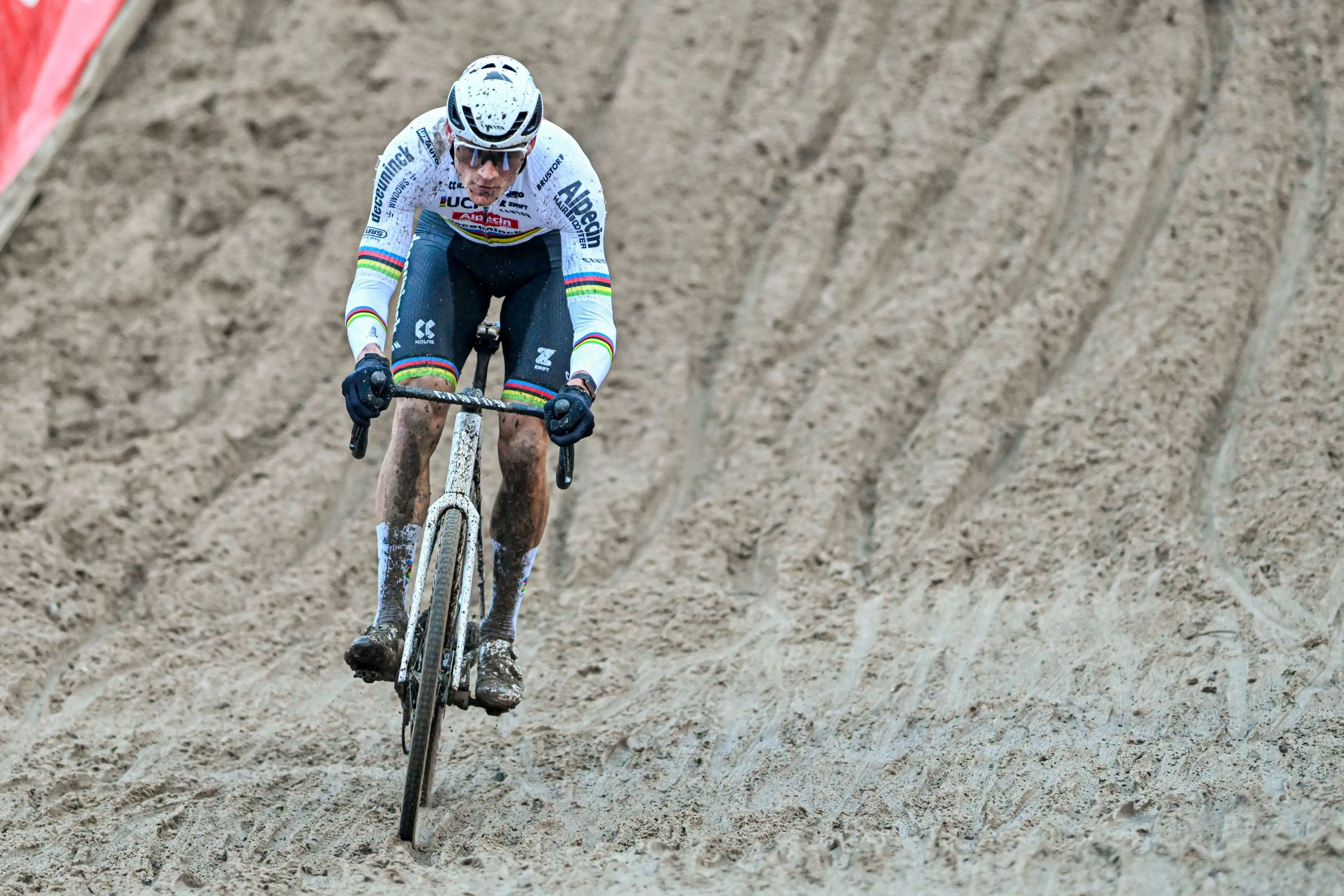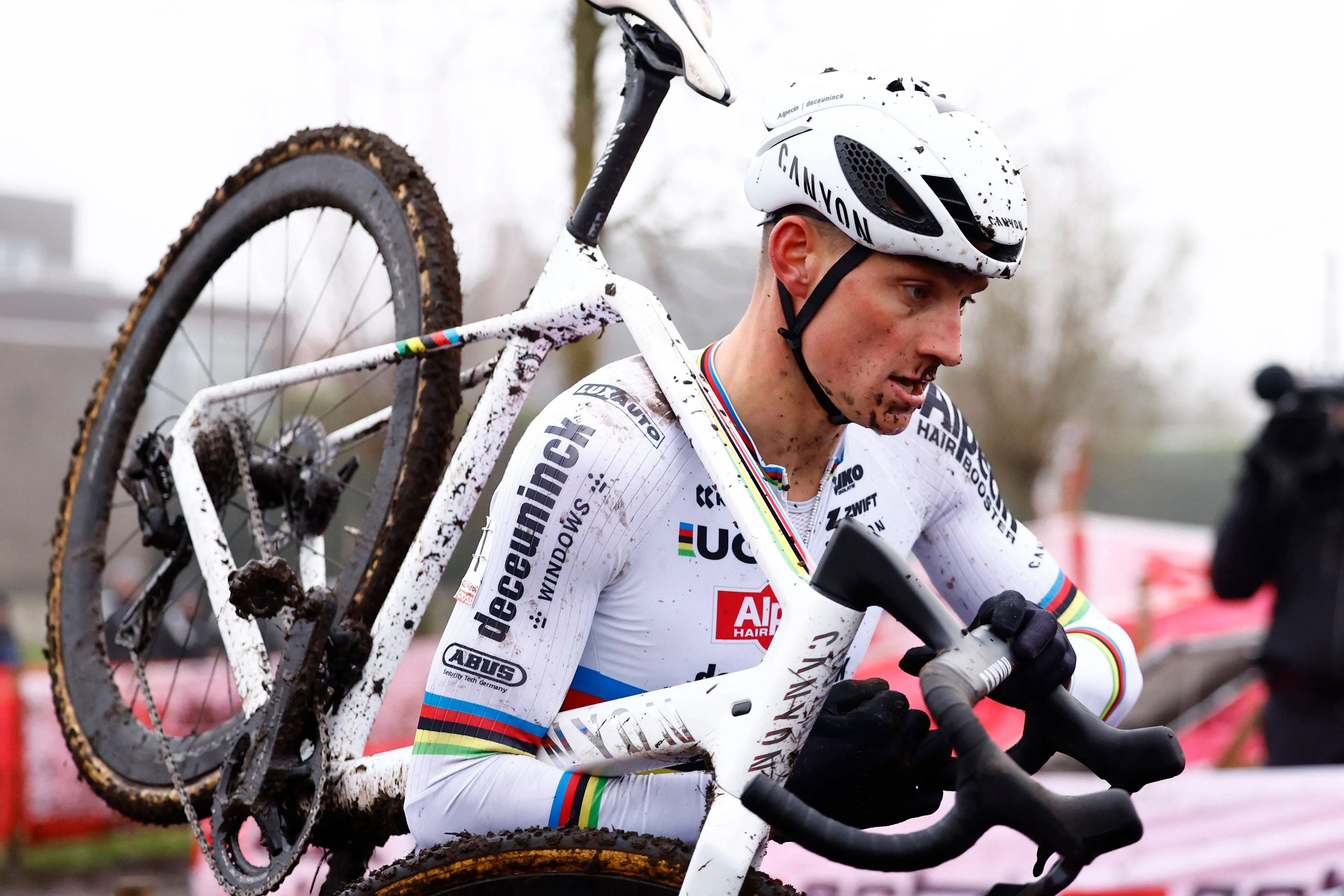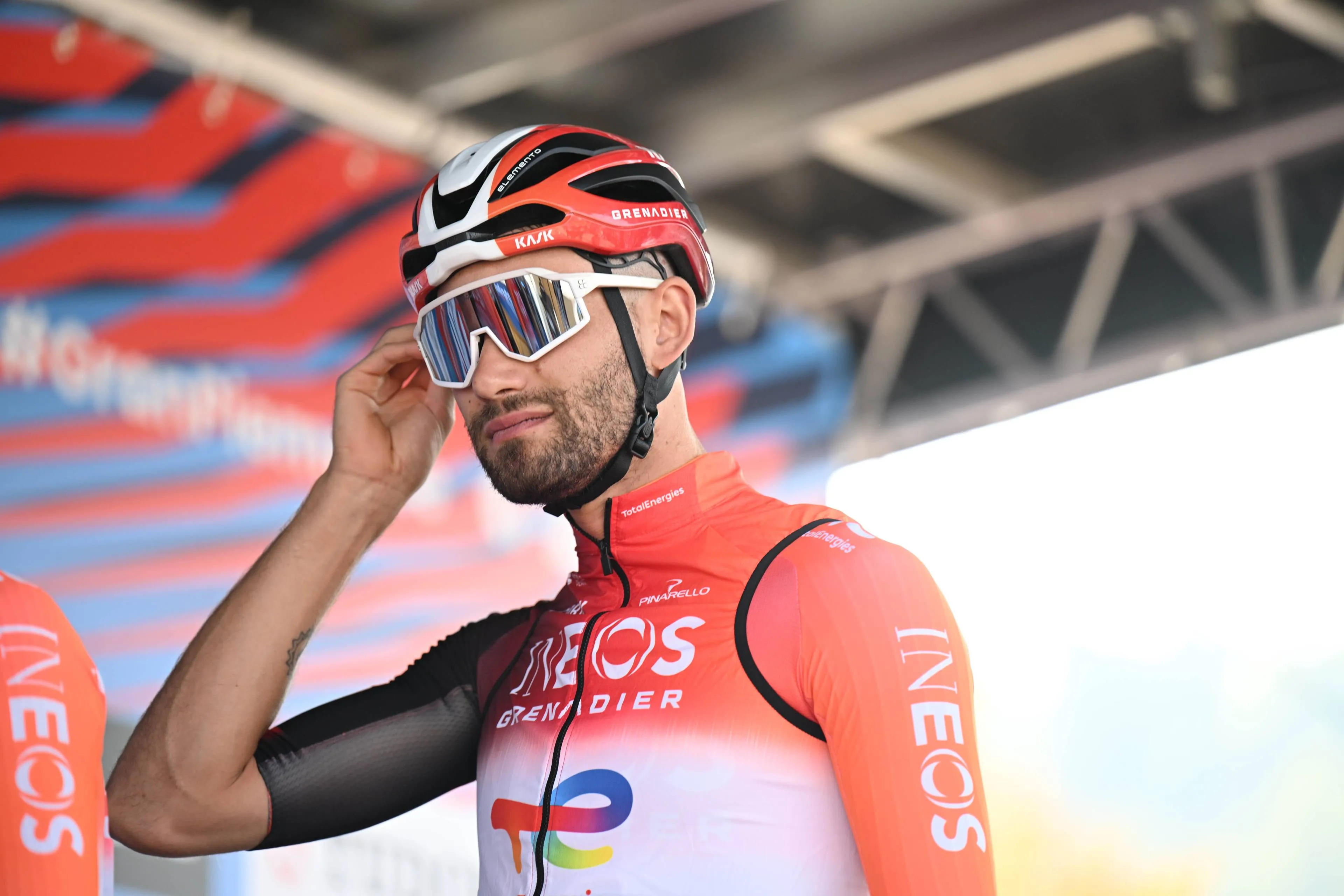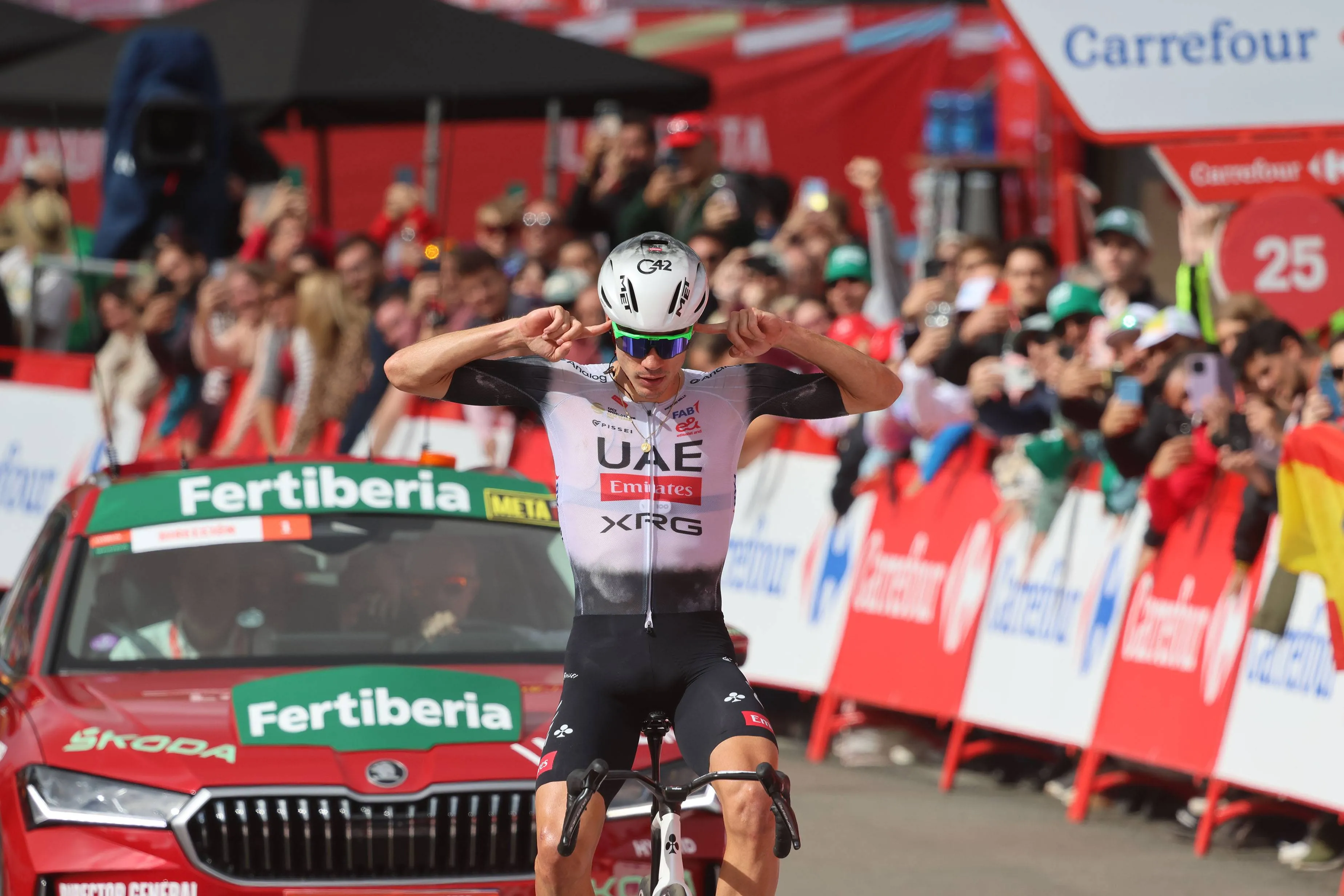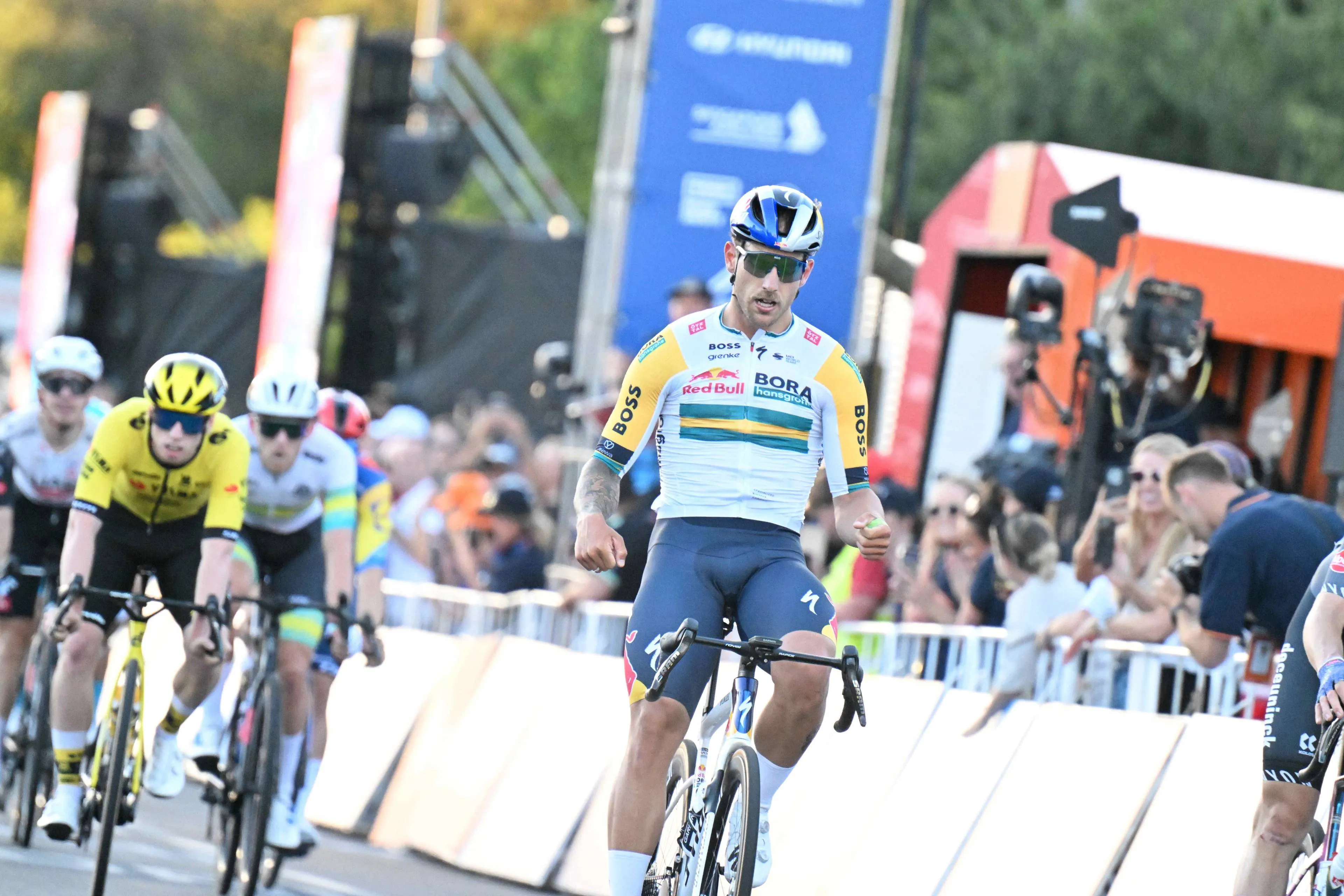ANALYSIS: Carbon monoxide is the latest wake up call for cycling, but how many more can the sport survive?
CyclingSaturday, 15 February 2025 at 10:00

Cycling’s long and complex relationship with performance
enhancement has taken another turn with the UCI officially announcing earlier
this month that they are banning carbon monoxide (CO) rebreathing in the
peloton. The decision, which came into effect on February 10, 2025, has been
one of the most debated topics in the sport over recent months.
Unlike previous
cases of banned substances or doping products, carbon monoxide rebreathing sat
in a grey area, one that was controversial but never illegal. Let’s face it, a
cycling ‘grey area’ is always going to set off alarm bells for most fans, and
the call to ban the use of carbon monoxide was the right call.
Read also
But the ban raises broader questions about how cycling
regulates emerging performance-enhancing techniques, the ethics of marginal
gains, and whether the sport is capable of fully moving beyond its dark past.
If cycling is to learn from this saga, it must address why CO rebreathing
became widespread, why it took so long to regulate, and how future grey areas
should be handled.
Let’s dive into what is a dark, complicated, and confusing
situation that embodies a lot of the struggles cycling still faces in
overcoming it’s blemished record.
Read also
Why did riders start using carbon monoxide
Performance. That’s why the riders started using it, and
performance is the reason for the vast majority of things cyclists do,
everything is geared to maximise their performance on race day.
The science behind carbon monoxide rebreathing is complex,
but its fundamental appeal is simple: it increases a rider’s total haemoglobin
(Hb) mass, enhancing their ability to transport oxygen through the bloodstream.
More oxygen means better endurance, improved recovery, and greater resistance
to fatigue, all critical in a sport where the margins between winning and
losing are razor-thin.
Traditionally, riders looking to increase red blood cell
production have relied on altitude training or hypoxic chambers, which simulate
high-altitude conditions to stimulate natural adaptations. Carbon monoxide
rebreathing offered a shortcut, allowing riders to achieve similar benefits in
far less time.

Tadej Pogacar and Jonas Vingegaard came under scrutiny for their use of carbon monoxide
With riders at the very pinnacle of the sport, such as Tadej
Pogacar and Jonas Vingegaard, linked to its use, the method gained traction in
professional cycling. However, what made CO rebreathing so controversial was
not just its effectiveness, it was the serious health risks that came with it.
Why was the ban necessary?
The UCI has made it clear that its decision was based on
protecting rider health, not necessarily concerns over performance enhancement.
Unlike traditional doping methods, which focus on unfair advantages, CO
rebreathing presented a direct and immediate risk to those using it.
Carbon monoxide is a toxic gas. While it is used in
controlled medical settings, repeated exposure can lead to headaches,
dizziness, nausea, confusion, and, in more severe cases, heart problems,
seizures, and even paralysis. The potential for long-term damage made this
method far more dangerous than traditional altitude training, which relies on
natural adaptation rather than chemical manipulation.
The word natural is crucial here, and perhaps it is crucial
in the wider debate in what is ethical from a sporting perspective in terms of
gaining performance. Is anything ‘unnatural,’ really supposed to be used by the
riders?
Read also
The UCI’s statement emphasised that repeated exposure could
lead to chronic health conditions. Unlike other performance-enhancing
techniques, which primarily raise ethical or sporting concerns, CO rebreathing
posed a direct danger to the athletes using it.
The sport has a history of riders pushing their bodies to
the absolute limit, often disregarding their long-term health in pursuit of
success. This ban forces cycling to confront a difficult reality: when
performance gains outweigh personal safety, the governing body must step in.
The UCI has taken that step, but should it have acted sooner?
The need for clearer rules
One of the most perplexing aspects of the CO rebreathing
controversy was that it was never explicitly illegal before this ban. Riders
and teams were operating within a grey area, exploiting the lack of regulation
to gain an edge without breaking any formal anti-doping rules.
And teams have and will always do this, not just in cycling
but throughout all sport. Find a way to bend the rules, or a grey area, and use
it to their advantage.
Read also
This raises a fundamental issue: how should cycling handle
new performance-enhancing techniques that do not fit neatly into existing
doping definitions? The World Anti-Doping Agency (WADA) had not yet banned CO
rebreathing, and until now, the UCI had no clear regulations against its use.
By taking independent action, the UCI has set a precedent
that could shape how future performance-enhancing methods are handled. But this
case exposes a wider problem in cycling’s regulatory approach: the sport often
reacts after the damage has been done rather than proactively addressing
emerging issues.
This is not a new problem for cycling. The sport has a long
history of being slow to regulate new practices, allowing controversial methods
to spread before eventually banning them. Whether it was blood transfusions in
the 1990s, EPO abuse in the 2000s, or the use of tramadol more recently, the
pattern remains the same, riders take advantage of a loophole, and only when
public pressure mounts do the authorities step in.
Read also
This reactive approach damages cycling’s credibility. How
many other performance-enhancing techniques are currently being used that sit
in similar grey areas? What happens when another questionable method emerges?
The UCI’s ban on CO rebreathing is necessary, but the sport must develop a more
structured way to address these issues as this dark cloud continues to hold
cycling back.
The paradox of marginal gains
CO rebreathing is just another example of the constant
search for marginal gains in professional cycling. Every era has seen teams
push the boundaries of what is acceptable, sometimes within the rules,
sometimes well beyond them.
Cycling has always operated in a culture where small
advantages can make the difference between winning and losing. This has led to
cutting-edge innovations but also to widespread abuses. In a sport where races
are decided by fractions of a second, teams will always explore new ways to
push the limits.
Read also
For the most part, marginal gains help to make cycling the
sport we love. Riders pushing themselves to the limit of their ability, pushing
themselves beyond what they thought was possible, to gain that tiny 1% extra.
The question is: where does cycling draw the line?
The problem is not just about CO rebreathing but about how
the sport defines what is acceptable and what is not. If CO rebreathing was
banned because of health concerns, what about other questionable medical
practices that might not be as extreme but still present risks? The case of CO
rebreathing suggests that cycling lacks a coherent philosophy on performance
enhancement.
If the sport truly wants to move forward, it must stop
waiting for controversy to force change and instead develop clear guidelines
for emerging training methods before they become problems.
Read also
There are several lessons cycling must take from this
episode if it is to avoid repeating the same mistakes in the future. The first
is that unclear rules create loopholes. Riders and teams will always take
advantage of unregulated grey areas if they believe it will provide a
competitive edge, and the only way to prevent this is for governing bodies to
act pre-emptively, identifying new training methods before they become
widespread.
From the very dawn of doping within sport, that has always
be the headache the governing bodies face: the cheats (or in this case those in
the grey are) are always one step ahead.
The second lesson is that health must be prioritised over
performance gains. The fact that riders were willing to inhale a toxic gas to
improve their endurance should be alarming, and it raises serious ethical and
moral questions over how far teams and riders are willing to push themselves.
If marginal gains outweigh personal well-being, the sport has a deeper issue
that needs to be addressed.
Read also
The third and perhaps most important lesson is that cycling
cannot afford to keep repeating its past mistakes. The sport has fought long
and hard to move beyond the doping scandals of the 1990s and 2000s, yet time
and time again, it finds itself entangled in new controversies. If cycling is
serious about cleaning up its image, it must implement a proactive regulatory
framework rather than continuing this cycle of controversy and delayed action.
The UCI’s decision to ban carbon monoxide rebreathing is an
important step, but it is only one part of a much larger problem. Cycling has
long struggled to balance innovation with ethics, and as long as teams continue
searching for new competitive advantages, controversial methods will keep
appearing.
Read also
This latest controversy should serve as a wake-up call, as
if cycling hasn’t had enough of them already! The sport must be clearer in its
rules, faster in its responses, and more proactive in protecting riders. If
cycling fails to learn from this episode, it will only be a matter of time
before the next grey-area controversy emerges.
The ban may stop the carbon monoxide debate, but cycling’s
larger fight with performance enhancement is far from over.
claps 5visitors 3
Just in
Popular news
Latest comments
- Why is golf "unwinding in style"? Its the sport of the rich and famousabstractengineer16-12-2025
- To do that he must be in the front group and not the chase group, sucking wheelsabstractengineer16-12-2025
- Time is on Nys’s side. Give it a few years. Even MvdP will slow down one day.mobk16-12-2025
- he’s not wrong. Nys took his best shot, and missed. MVDP is only going to get better Nys is a finished product.mij16-12-2025
- I think Mads is about there on talent vs all riders, except Tadej. but he has beaten MVDP in a world championship race and was the first to win it. I would not sell Mads short.mij16-12-2025
- does he ever see any of these races LOL unless he immediately recognizes who the undisputed leader is? unless Tadej doesn’t show up, or crashes out, Florian will never have a chance at Roubaix or MSR. nor should he. Tadej has earned the right to be undisputed king of UAEmij16-12-2025
- great news ...Davide15-12-2025
- looks goodDavide15-12-2025
- It's so easy to say all of those things about someone in retrospect.
 santiagobenites15-12-2025
santiagobenites15-12-2025 - You never want to get Mads…mad.Oldguyonavelo15-12-2025
Loading
12 Comments



